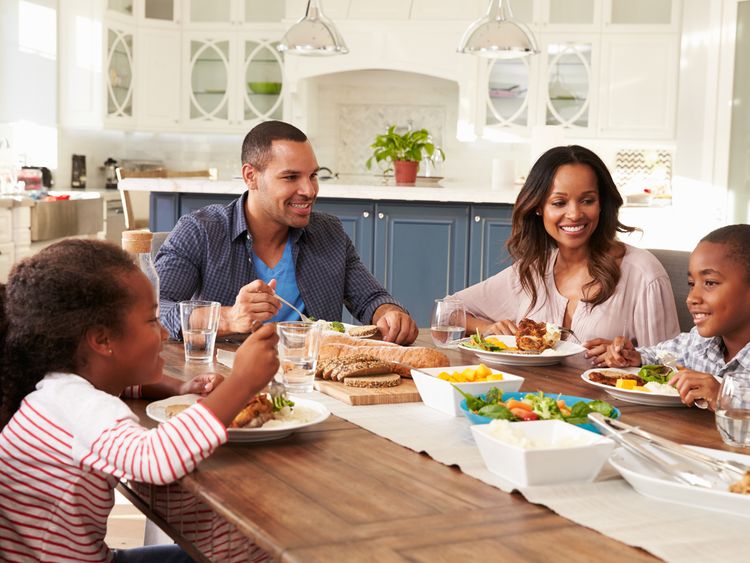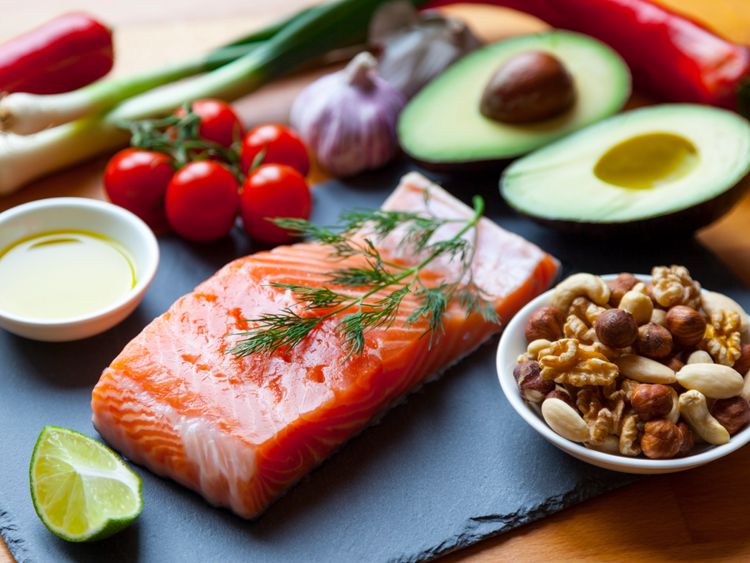New guide to help people decide how much to eat
To tackle growing rates of obesity in the UK, the foundation says it is necessary to look not just at what people eat but at how much of it they eat.
With that in mind, they have introduced the first practical guide to portion sizes – ‘Find Your Balance’.
The guide uses simple hand and spoon measurements to help estimate appropriate portions when cooking and serving food.
It was developed by analysing portion sizes in the UK and comparing them to other countries.
These portion sizes were modelled in test diets to ensure they met food and nutrient-based recommendations. Based on this, guidance was developed on how often to eat foods from the main food groups and sensible portion sizes for healthy adults, based on an average daily allowance of 2,000 calories.
In order to provide practical ways of estimating these portions without having to weigh foods, the BNF devised easy to use measures for most foods, based on hands or spoons.
The BNF will release its guidance in three formats: a fridge poster which provides and overview of the advice; a booklet which expands on how to put the portion guidelines into practise; and a longer digital resource, which is downloadable, with advice on portion sizes for a wide variety of foods.
Bridget Benelam, nutrition communications manager at the BNF, said: “More often than not, portion size is not something people give much thought to.
“The amount we put on our plate typically depends on the portion sizes we are used to consuming, how hungry we feel and how much is offered as a helping at a restaurant table or in a packet/ready meal.
“Nonetheless, in order to maintain a healthy weight we should ensure that our diets contain the right balance of foods, in sensible amounts.
“This isn’t just about eating less; it’s also about eating differently.”
In south Lo ndon, Lara Omoloja has been helping people with food choices for over a decade. She co-ordinates weekly cooking classes and believes education is important for a healthy lifestyle.
“I think that guidelines for anything is always good, I think that it helps people to focus their mind.
“I think that it’s also important to be realistic and practical about these guidelines because people have to apply it to their lifestyles and they have to make it work for them.
“I think a lot of healthy eating and nutrition messages get lost because it doesn’t mean anything to you as an individual.”
The BNF survey suggested that when it comes to eating pasta on average we eat around 230g worth when cooked, without any sauces or sides. They found that 10% of the people questionned eat 350g which is around 500 calories alone, but their recommendation for a plate of pasta is 180g.
In reaction to the new guidelines Louis Levy, head of nutrition sciences at Public Health England, said: “The Eatwell Guide, the nation’s healthy eating model, shows the proportion of foods that should be consumed from each food group for a healthy balanced diet.
“With the exception of fruit and vegetables, fish and red and processed meat the government does not provide guidance on specific food portion sizes as there is no evidence to make recommendations at a population level.”
Nutritionist Andrea Redwood leads cooking classes for Greenwich Pantry, where she teaches people three recipes.
“We have found that some people feel that it is a bit of a nanny state, but some people want that information there and some people find the information conflicting.
“So we do need clear guidelines as to what a portion size is because people are confused.”
Source: Read Full Article




